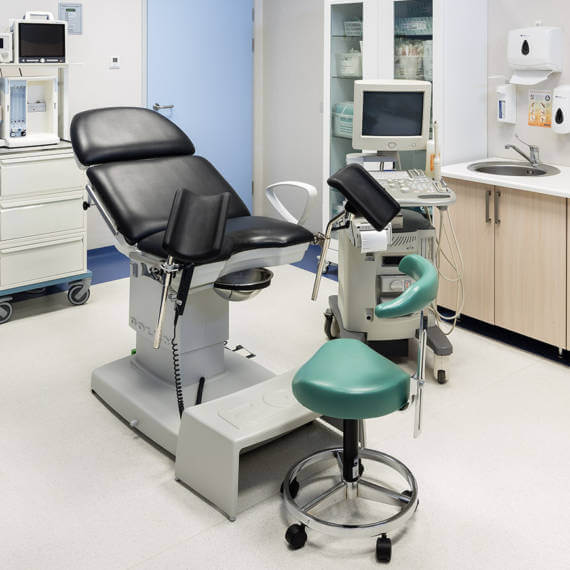Hysteroscopy procedure – examination of the uterus, hysteroscopy polyp
Diagnostic hysteroscopy, also known as uterine colposcopy, is a test that enables a visual assessment of the internal uterine walls by the physician. It is performed in women if previous ultrasound examination or other gynaecological tests do not demonstrate infertility.
What is the goal of hysteroscopy?
Diagnostic hysteroscopy helps to conduct a detailed assessment of the type and location of lesions in the uterus. During the procedure the physician can detect even very small polyps, adhesions, fibroids or neoplastic tumours. Test samples can also be collected during hysteroscopy.
Indications for hysteroscopy
Indications for hysteroscopy include:
- vaginal bleeding of unknown cause,
- miscarriage,
- suspected structural abnormalities of the uterus,
- a risk of uterine rupture,
- infertility.
Hysteroscopy procedure:
Hysteroscopy is typically performed in the first phase of the menstrual cycle, after the bleeding. The patient is positioned on the examination couch. First, the patient’s vagina is disinfected. Next, a hysteroscope – a thin, approximately 30 cm long device – is inserted via the vagina. The sheath of the hysteroscope contains cables that provide light and transmit the images from the camera onto the screen, where the specialist can get a detailed view of the inside of the uterus. A hysteroscope can also be used to introduce small tools for collecting samples or removing uterine polyps. The procedures performed using a hysteroscope are referred to as surgical hysteroscopy.
The handpiece is equipped with dials to control the light and supply of carbon dioxide or a special fluid that slightly dilates the uterine wall, which improves the visibility and assessment of the uterine mucosa. The examination takes approximately 30 minutes.
What to avoid after the procedure?
The patient can leave the clinic three hours after the completed diagnostic hysteroscopy. However, until a complete healing, extensive exercise or lifting heavy weights should be avoided, as this could induce vaginal bleeding. A patient after a hysteroscopy should make follow-up appointments with her doctor.
If samples were collected, or any procedures were performed on the reproductive system during the hysteroscopy, the physician will prescribe an antibiotic.
Hysteroscopy – anaesthesia
Diagnostic hysteroscopy is performed under anaesthesia. For improved comfort, the patient may ask for general anaesthesia. In this case, she should not drive a car or use machines that may cause any danger. During the visit at the clinic when the examination is conducted, the patient should be accompanied by a partner or a close person.
How to prepare for the procedure?
Do not eat any foods for six hours prior to the examination. Empty your bladder before the procedure. Tell your doctor if you are allergic to any medicines used during or after the procedure, or if you have a tendency for excessive bleeding.
Hysteroscopy – contraindications
Hysteroscopy cannot be performed in women who are or may be pregnant. It should not be conducted in patients with inflammation of the lesser pelvis or during menstruation. Special care must be applied in very young patients, whose uterus has not reached the normal size.
